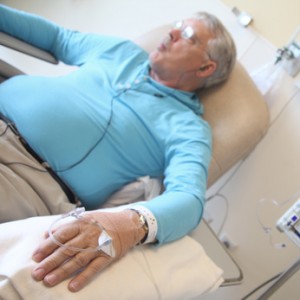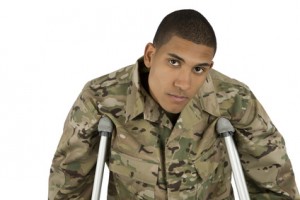Nurses working in oncology care suffer from a high degree of burnout and compassion fatigue. The typical oncology nurse will develop a close relationship with patients and patients’ family members over the course of treatment, which can last months or even years.
In a study conducted by Memorial-Sloan Kettering Cancer Center, 153 participants (mostly nurses), responded to a wide variety of questions on their feelings of burnout and compassion fatigue. Forty-four percent of inpatient staff nurses felt they suffered some degree of burnout. Similar studies of oncology nurses found a high incidence of emotional exhaustion (37-44 percent), depersonalization (11-47 percent) and low personal accomplishment (20-55 percent).
In order to anticipate which nurses most likely to develop burnout and fatigue, the Kettering study identified a number of risk factors:
– Age. Nurses younger than 40 suffered a greater incidence of burnout, perhaps in correlation to their number of years of experience.
– Stage of worklife. Nurses with 6-10 years of oncology experience were more likely to suffer high-risk burnout and low compassion satisfaction than nurses with 11-20 years of experience. Nurses with a bachelor’s degree also experienced less burnout than nurses with a doctorate.
– Gender. Females suffered more burnout than men.
– Personality characteristics. A resilient attitude helped nurses cope with the stress of oncology nursing, and nurses who were equipped with a wide range of positive coping skills fared better than their coworkers who had fewer coping skills.
– Social support and spirituality. Not surprisingly, nurses with religious or social support experienced fewer dips in empathy, depersonalization and emotional exhaustion.
The study also identified signs and symptoms of burnout that nurses should monitor themselves for, which included boredom, depression, fatigue, frustration, gastrointestinal distress, frequent headaches, insomnia, low morale, weight loss, increased absences and deterioration in their relationships with physicians and patients.
Early detection was identified as key to preventing long-term effects of burnout and compassion fatigue. Simple alterations in lifestyle may best minimize the risk to oncology nurses and empower them to maintain balance in their work and personal lives as they are caring for vulnerable cancer patients. The Kettering study suggested the following lifestyle management tools:
– Monitoring and identifying early symptoms
– Good nutrition
– Spirituality, meditation and time in nature
– Grieving losses
– Reducing the amount of overtime worked
– Exercise or participation in sports
– Keeping a sense of humor
– Consulting with experts if symptoms increase
– Peer support, including discussion of coping strategies
Although originally developed as a coping mechanism for physicians, a technique of identifying and working with emotions may also prove beneficial to oncology nurses. This technique involves identifying the conditions under which the emotion arose, naming and accepting the emotion, identifying its source, stepping back to gain perspective in the situation, identifying behaviors that resulted from the emotion, considering implications and behaviors and then developing patient outcomes in response to different behaviors.
Organizations that expect perfection in nursing care also contribute to a higher degree of burnout, especially when standardized care and efficiency is expected. Institutions that empower the oncology nursing staff through educational interventions, emotional support and improved communication can reduce the burnout and compassion fatigue so common to caregivers of cancer patients and their families.










